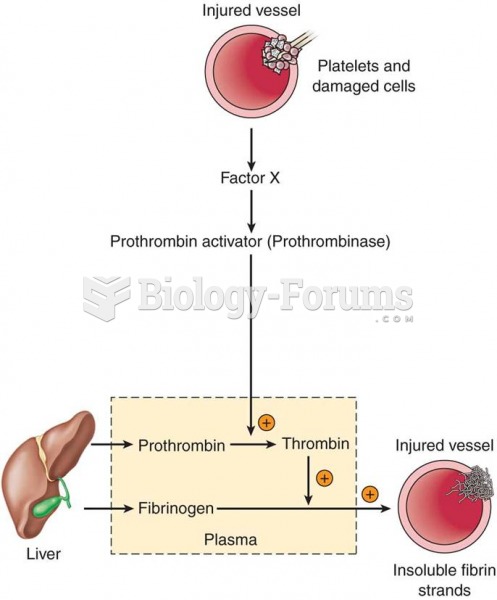Answer to Question 1
Baby-Friendly Hospitals: 10 Steps to Successful Breastfeeding
To promote breastfeeding, every maternity facility should:
Develop a written breastfeeding policy that is routinely communicated to all health care staff.
Train all health care staff in the skills necessary to implement the breastfeeding policy.
Inform all pregnant women about the benefits and management of breastfeeding.
Help mothers initiate breastfeeding within 1/2 hour of birth.
Show mothers how to breastfeed and how to maintain lactation, even if they need to be separated from their infants.
Give newborn infants no food or drink other than breast milk, unless medically indicated.
Practice rooming-in, allowing mothers and infants to remain together 24 hours a day.
Encourage breastfeeding on demand.
Give no artificial nipples or pacifiers to breastfeeding infants.
Foster the establishment of breastfeeding support groups and refer mothers to them at discharge from the facility.
Compared with nonusers, infants who use pacifiers breastfeed less frequently and stop breastfeeding at a younger age.
SOURCE: United Nations Children's Fund and World Health Organization.
Answer to Question 2
Many of the nutrient needs of older adults are the same as for younger persons, but some special considerations deserve emphasis. Calorie needs decline with age because of a decrease in basal metabolism related to loss of lean tissue and a decrease in physical activity. The recommended energy intake decreases by 10 calories per day for males and 7 calories per day for females for each year of age above 19 . Given their lower energy allowances, older adults are advised to select mostly nutrient-dense foods as recommended by MyPlate for Older Adults.
Although caloric needs may decrease with age, the need for certain nutrientssuch as calcium, vitamin D, vitamin C, vitamin B12, and vitamin B6may actually increase with the effects of aging. For example, as many as 30 percent of persons older than 50 years may experience reduced stomach acidity, which can interfere with their ability to absorb vitamin B12, calcium, and iron from foods. In addition, older adults who have low intakes of fortified dairy products may have increased needs for vitamin D because their skin has become less efficient at making vitamin D when exposed to sunlight.







